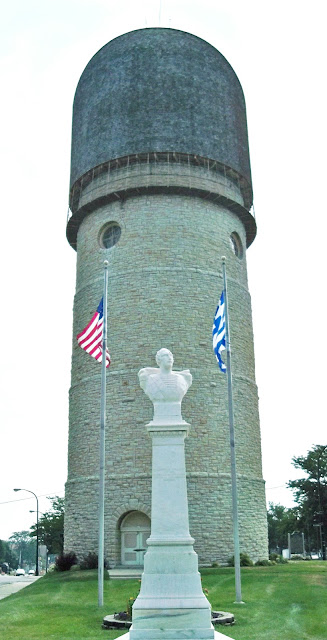Clayton Moore and Jay Silverheels reprised their television roles with three full length feature films. The first one was The Lone Ranger Rides Again made in 1955, the last year of filming the television series. The following year in 1956, the film The Lone Ranger came out. Then in 1958, The Lone Ranger and the Lost City of Gold was released. This was the last time the two men worked together on a Lone Ranger project.
In May of 1981, The Legend of the Lone Ranger came out. The copyright owner took out an injunction against Clayton Moore to prevent him from wearing the Lone Ranger trademark mask. The firestorm of bad publicity hurt the film at the box office. Despite massive publicity, the movie lost eleven million dollars.
An authentic Yaqui Native American, Michael Horse, played Tonto, and the masked man was played by newcomer Klinton Spilsbury. Spilsbury had such trouble reading his lines convincingly that actor James Keach was hired to overdub his dialogue for the entire movie.
Legend won three and was nominated for two more Golden Raspberry Awards. It won worst actor, worst new star, and worst musical score. It won honorable mentions for worst picture and worst new song, "The Man in the Mask."
For thiry years, it was thought that the Masked Crusader of the Old West and his loyal companion Tonto were box office poison. The idea for a new Lone Ranger film knocked around Hollywood for years with nobody willing to pony up the money.
But in May of 2007, Disney Corporation signed on to distribute a Jerry Bruckheimer produced film and released the newest version of The Lone Ranger on July 3, 2013. The movie stars fan favorite Johnny Depp as Tonto, Armie Hammer as the Lone Ranger, and Ruth Wilson as the female lead. The Lone Ranger rode again, but not to the delight of the fans!
Check out a trailers from the movie:
http://www.youtube.com/watch?v=q42DrlOczi0











